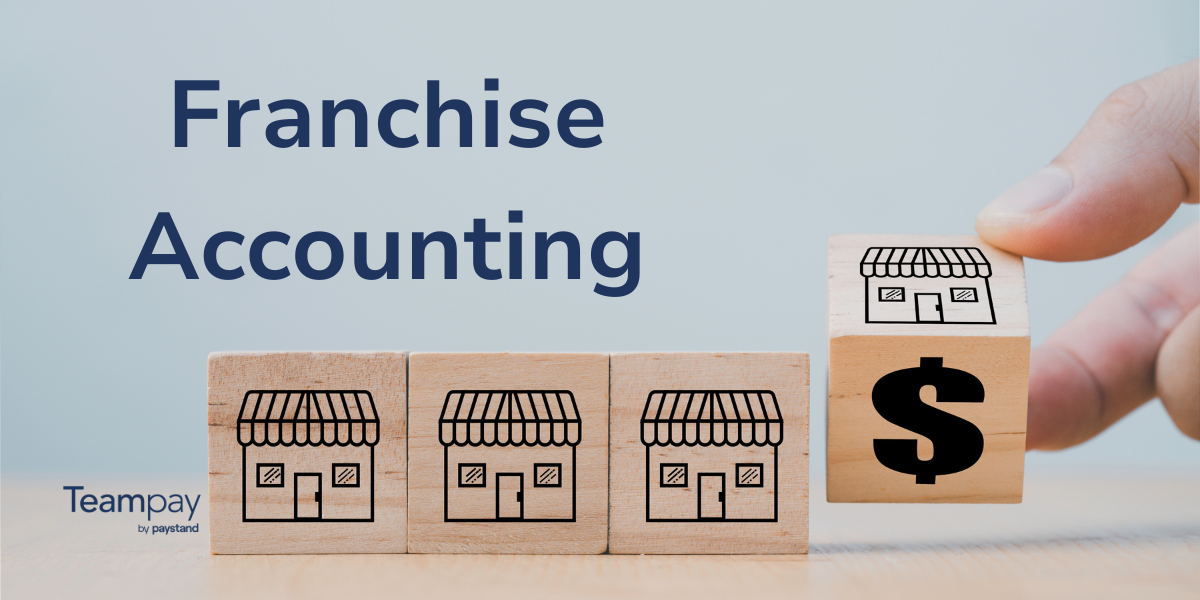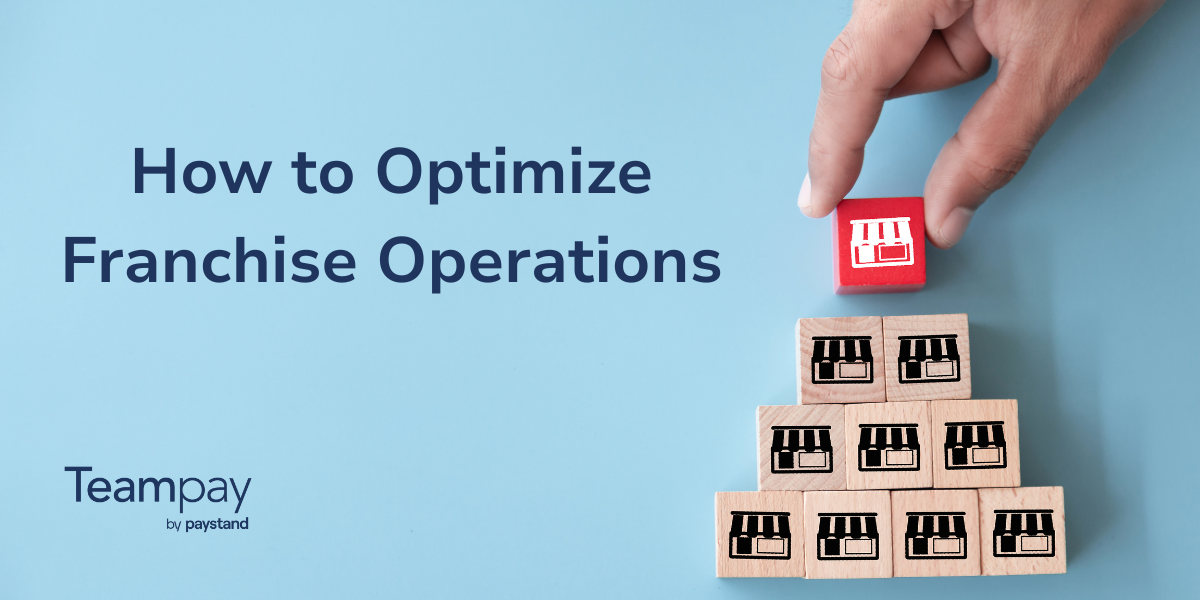
I hope this doesn’t catch you off guard, but money is definitely the most important factor in a startup’s ability to succeed. The cash is what keeps the servers running and the bills paid. In fact, a study conducted by CB Insights found that it was the second most common reason why Startups failed. At the same time, the burn rate within a startup is one of the few things that the team can control.With buzzy startup hacks and growth tricks that are all glamour and no substance, it’s no wonder that nearly 90% of startups fail. We’re seeing startups from coast to coast make the mistake of spending thousands on tools that offer a promise of growth while spending very little attention on the infrastructure that keeps everything in order.One of the rarely discussed parts of a startup’s software landscape, the finance stack consists of the various tools and software that help ensure that the lights stay on, everyone is paid on time, and spending is under control.In this blog post, we’re going to dive into the step-by-step process of building a finance stack for startups, including the assets that every startup needs to think about. It’s our hope that at the end of this piece, you will have a better appreciation for what finance tools can do to help you grow and ensure that your startup is destined for financial success. Let’s get to it.
Identify An Overarching Accounting Software
This is where it all begins.Of course, we recommend talking to your accountant or bookkeeper for guidance, but an overarching accounting service is key.Your overarching accounting software is what you will rely on most frequently to get a snapshot of your startup’s financial picture. It’s the service that will connect with your official bank account to track your transactions along with ongoing bank reconciliation. In an ideal world, you would also rely on this accounting software to give you smart financial reports and budgets so you can better understand what’s happening financially within your company.When choosing an overarching accounting software, services with the most flexible integrations should be at the top of your list. Services like QuickBooks, NetSuite and Xero all offer a wide range of third-party integrations to make their service even more powerful.This kind of software should also allow you to manage, track and send invoices that are connected to online payments. Given that many startups don’t start out with actual invoices and instead take payments online, it’s also important for your overarching software to sync with your online transaction provider to offer an even more seamless integration.Which takes us to our next step…
Determine How You Will Accept Payment
If there’s one thing I’ve learned about startups over the years, it’s the fact that no two are the same. Startups have many different target audiences, and with that comes a wide variety of needs when it comes to payment.Some startups sell their products online with a recurring credit card charge while others rely on wire transfers. Regardless of your situation, it’s important when you’re planning your finance stack that you determine how you will be accepting payment.
- Will you be accepting credit cards? PayPal? Bitcoin? Checks? Cash?
- Will all your transactions be done online?
- Are your prices fixed? Or will they vary depending on things like usage, seats or media impressions?
- Do you offer paid services?
All of these questions have an impact on your choice of payment processing software. PayPal, Stripe, and Braintree are all very well-known payment platforms in the startup community. Stripe has certainly carved out a place in the hearts of many over the years thanks to Stripe Atlas and their focus on the engineering community. The big benefit of using a payment platform like these is that they aren’t limited to the big three credit cards (Mastercard, Visa and American Express). Instead, these services offer a more diverse payment featureset than traditional payment processors, connecting with payment platforms like Alipay and Venmo.Here’s a great comparison chart of the three payment processors’ fee structures and the types of payment they accept:

Of course, what makes sense for your startup depends first and foremost on your customers. Find out how your customers like to pay and then identify which payment processor (or combination of processors) works best for you.
Plan For Payroll & Human Resources
As you scale your startup and your team grows, more time and attention will need to be spent on payroll and HR activities. Luckily, there are financial software services & organizations that assist with these efforts and the ongoing management of deductions, insurance and tax.If you’re not interested in managing the Payroll at all, one great option is a Professional Employment Organization (PEO). A PEO provides outsourced human resource services that reduce your risk by managing and taking care of payroll services, compensation administration, group RSPs, recruitment, workers compensation and more.As you shop around, keep in mind that your primary accounting software should either integrate directly with a payroll service or offer that functionality itself. For many, the ideal accounting software will allow you to add employee hours each month, will calculate and file taxes for you, and will save time by managing the direct deposit process on your behalf.Some of the most popular accounting platforms like QuickBooks and Xero offer payroll functionality directly in their apps. If you’re not using an accounting service that already has payroll built into it, you can also rely on payroll services like Wagepoint or BrightPay to assist with direct deposits, 1099s, W2s, W3s, taxes, pay stubs and more.
Use Virtual Company Credit Cards For Employee Purchasing
More startups today are relying on subscription services than ever before. We use subscription services like G Suite to manage our emails, Slack to manage our internal communication and software like MailChimp and ActiveCampaign to manage email marketing. All of these services require a credit card for subscriber fees. Thus, it’s easy to end up with a corporate card managing the weight of all these subscriptions.Credit cards are part of doing business as a startup. Yet they often need to be shared amongst the team for various purchase and spend requests, whether it’s a new service that will help someone tackle a task 10 times faster or simply the purchase of a stapler. Credit cards are an often overlooked yet extremely important part of the finance stack for startups.One of the most popular ways to manage credit cards in a startup is to not manage them at all. The finance team receives a handful of reports at the end of the month and can only hope that the team has submitted all their expense reports and purchase orders. From there, the finance team has to spend hours reconciling the figures and hunting for the owner of each charge.It doesn’t have to be this way. Purchasing software can help you manage your credit cards and track spending. At Teampay, we issue virtual cards that give companies a more holistic view of their team’s spending. If someone wants to use a credit card, not only do they need to get approval, but the purchase is tracked and associated directly with both the purchaser and the person who approved it—no more hunting down mystery transactions at the end of every month.
Manage Your Receipts & Expenses
In addition to the hassle of juggling credit cards, far too many startups still rely on an outdated approach to managing receipts. You might be surprised to hear it, but I’ve spoken with many startup teams that place all their receipts in a drawer or folder each month and then give them to the bookkeeper or accountant to deal with.
You don’t need to squint at faded receipts. You don’t need to panic over lost receipts. You don’t need to spend hours reconciling purchases between paper receipts and statements.The more popular accounting services like QuickBooks and Xero can help you manage all your expenses directly in their platforms. Your employees can submit expenses, and you have the ability to approve or decline reimbursement for those expenses.If you’re looking for a more robust expense management solution, there are plenty of options that can save you from the receipts-in-a-drawer routine and seamlessly take care of all your expense management processes, from receipt tracking and expense reporting to mileage tracking and company card reconciliation.When looking at these solutions, keep an eye open for platforms that integrate easily with your overall finance stack. From there, you’ll want to weigh the pros and cons of each and understand how they differ. At Teampay, one of our key differentiators is that we issue virtual cards—when they’re requested for use, a Slackbot messages the budget owner to ask whether the expense is approved. Check it out:

Create A Procurement & Spend Culture
As discussed earlier in this blog post, the amount of money being spent by a start up is one of the few things they can control. One of the challenges that many startups face is that they don’t actually keep track of spend and know what’s being purchased by their team. And I should be clear, no startup dies from buying too much coffee. It’s the operating expenses and lack of management of expenses that cause cash flow issues. In many startups, the team doesn’t have a clue what services are still being used and what SaaS subscriptions are necessary and which are not.This is why investing in culture and creating a hub for expenses & spend needs to be considered as an important of the Finance Stack. In the early days of a startup, you can get away with using a lightweight approach to managing your spend & expenses. You can create a shared database and have a centralized group in the company manage it. But as you grow, it will become more important to invest in tools that give you a chance to gain cross company insights.
Procurement software automates the processes of purchasing goods, services and materials while delivering insights that can help the team make better decisions. Many of the major accounting products offer procurement functionality, but the market for new solutions is heating up.The best procurement tools encourage transparency among everyone on the team by highlighting the status of approvals and the overall spend culture within your company. Your spend culture is the way your team thinks and acts when it comes to spending company money. The best tools offer summaries of various expenses and data that can be turned into insights to guide strategic decisions. Procurement services are even more important as a team scales and grows.While the idea is still relatively new, a smart approach to managing procurement efforts is through virtual cards, especially when it comes to things like booking travel or buying new computers for your team. With a virtual card like Teampay’s, you can not only set a budget for your team’s spend but also control the spend and ensure that leakage doesn’t happen.
Wrapping Things Up
So there you have it: an overview of the different steps required to plan the finance stack that will serve your startup best. Now it’s time to do the research and implement the stack that fits your startup’s needs. Whether you’re running your own SaaS product or you’re relying on a handful of SaaS products to keep you afloat, your finance stack matters. Recognize that it’s just as important to keep your spend culture in order as it is to focus on growth. If you’re interested in learning more about how Teampay can fit into your spend culture and overall finance stack, we’d love to hear from you. Get in touch today!












